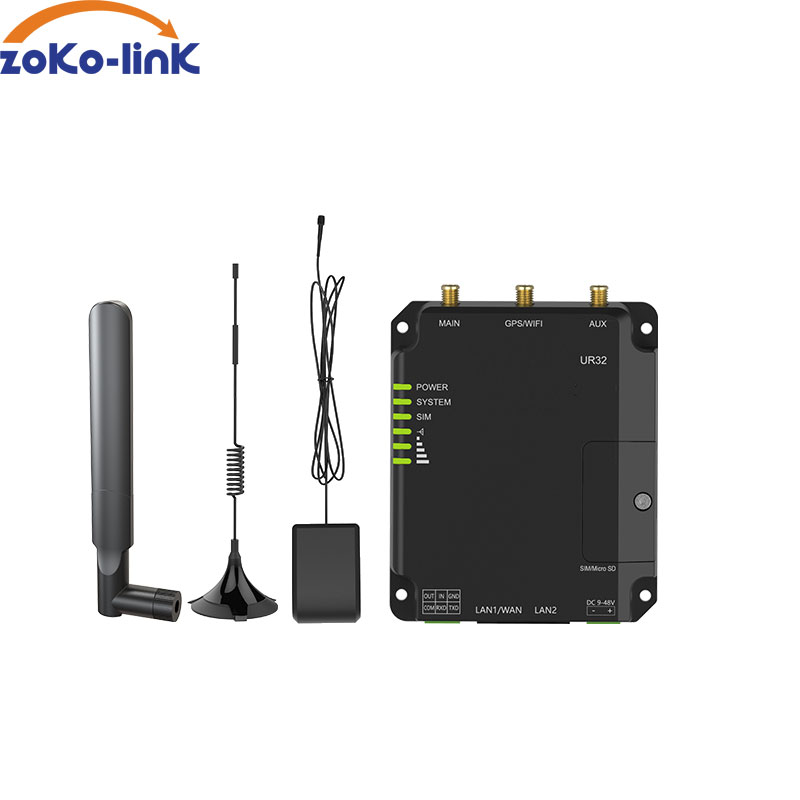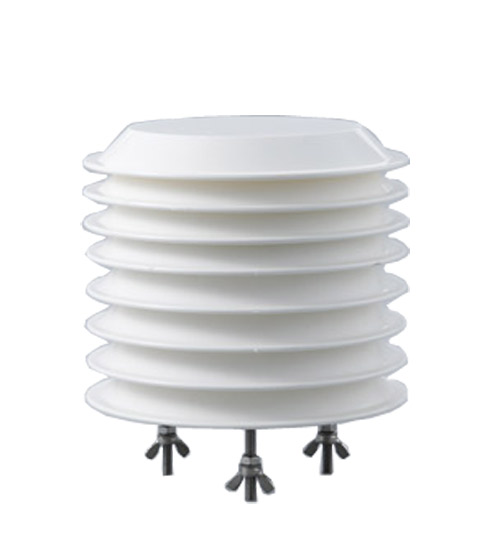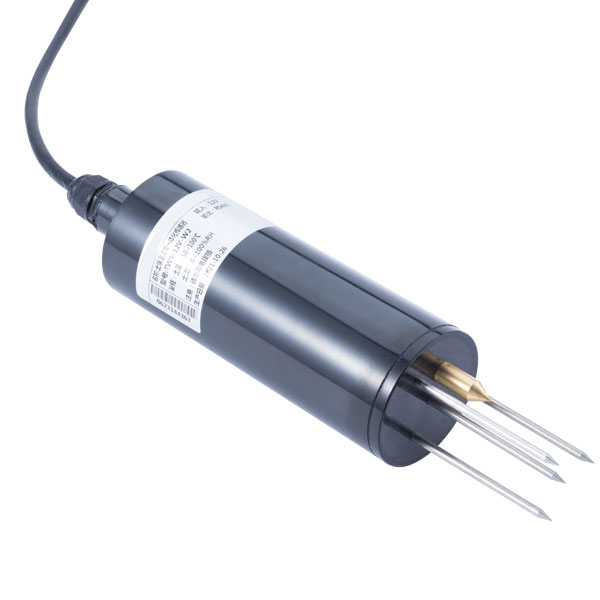

— Blogs —
—Products—
 Consumer hotline +8618073152920
Consumer hotline +8618073152920 WhatsApp:+8615367865107
Address:Room 102, District D, Houhu Industrial Park, Yuelu District, Changsha City, Hunan Province, China
Product knowledge
Time:2021-12-25 16:33:05 Popularity:817
The Internet of Things technology embeds and equips sensors in various objects such as power grids, railways, bridges, tunnels, highways, buildings, water supply systems, dams, oil and gas pipelines, and then integrates the "Internet of Things" with the existing Internet. In this integrated network, there is a central computer group with super powerful capabilities, which can implement real-time management and control of personnel, machines, equipment, and infrastructure in the integrated network. With the help of edge computing, the intelligence of the Internet of Things can be improved, and the Internet of Things can be promoted. Networking takes root in various vertical industries. So what problem does the edge solve IoT?

The application of edge computing in industries or fields such as smart transportation, smart cities, and smart homes:
Smart Transportation
In urban road traffic, surveillance cameras will be installed at every intersection, and massive amounts of video data will be generated every week or even every day. If the data generated by these monitoring devices are gathered together, it will be an astronomical figure. However, the real-time data processing and analysis functions of edge computing can support such business functions as unmanned driving, traffic flow diversion, and congestion prediction. In addition, it also provides local monitoring data storage, after processing and cleaning the data, the effective data is passed to the cloud/data center for further analysis.
Smart City
Smart city is to build a "livable, comfortable and safe" urban living environment, and realize the city's "perception, interconnection and wisdom". The construction of a smart city is a large-scale information project involving many information systems and comprehensive integrated technologies. The Internet of Things technology will provide intelligent support for the overall upgrade of urban infrastructure, while edge computing will enrich the application scenarios of smart cities.
Smart Home
In the current smart home, smart home appliances are basically composed of smart single products, such as password locks, smart lighting, smart air conditioning, security monitoring, smart bathroom, home theater multimedia systems, etc.
Using edge computing technology, home video data can be stored on the local edge computing gateway device to ensure that user privacy is not leaked; the linkage between multiple smart items can also be coordinated in near real-time through local edge computing; edge computing Nodes can also update control and device status information in synchronization with cloud computing on a regular basis.
The continuous development of the Internet of Things will encounter more and more challenges such as: transmission, bandwidth, security, data processing, data analysis and so on. Cloud computing alone cannot completely solve the problems. Edge computing can effectively alleviate and solve these challenges. , Edge-cloud integration and edge-cloud collaboration is the future trend.
Prev:Industrial IoT 4G lte router performance advantages
Next:Industrial wireless routers of Wall penetration capability
Sensors & Weather Stations Catalog
Agriculture Sensors and Weather Stations Catalog-NiuBoL.pdf
Weather Stations Catalog-NiuBoL.pdf
Related recommendations
Related products
 Atmospheric Temperature Humidity Pr···
Atmospheric Temperature Humidity Pr··· Soil Temperature Moisture Sensor 4-···
Soil Temperature Moisture Sensor 4-··· Air temperature, humidity and atmos···
Air temperature, humidity and atmos···
Screenshot, WhatsApp to identify the QR code
WhatsApp number:+8615367865107
(Click on WhatsApp to copy and add friends)